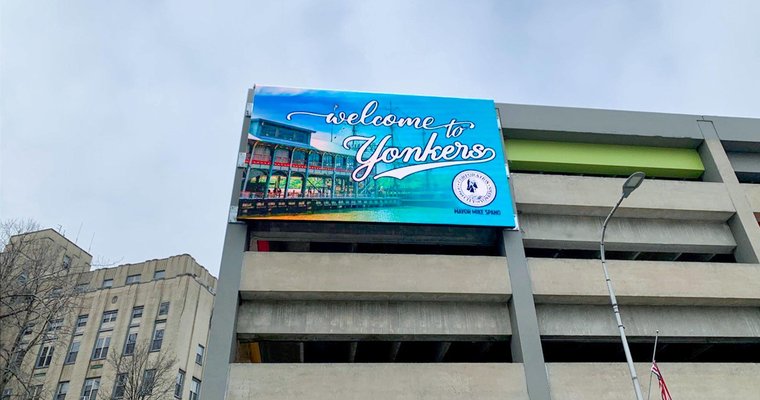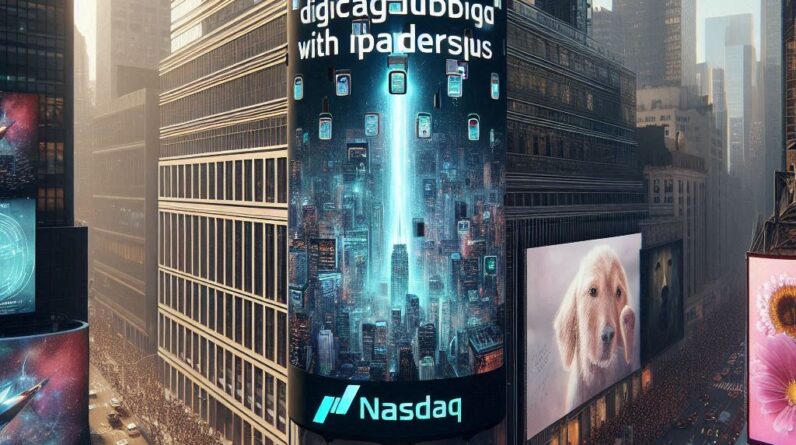
[ad_1]
John Dixon, VP business solutions at MicroTouch, explains how touchscreen solutions offer reliable, efficient self-service and automation throughout a hospitality business’s operation, with simple steps to start leveraging them today.
 |
John Dixon, VP of Business Solutions, MicroTouch. Image: MicroTouch. |
Offering self-service and automating back-of-house processes with touchscreen systems saves hospitality businesses time, allows more efficient labor allocation, and enables easier scaling to meet demand. In addition to giving hospitality businesses a tool that helps them operate more profitably, touchscreen solutions also provide them with a way to enhance customer experiences. A Statista survey found that about half of consumers are more likely to stay in hotels with self-service technology. Additionally, 84% of Gen Z and 76% of millennial consumers prefer tech-based checkout systems.
However, hospitality businesses must recognize that to get the most return on investment (ROI) from a touchscreen system, they should select hardware suited to their applications with features that will help them achieve their business goals.
Customer-Facing Solutions
From the ordering kiosk at a QSR or a made-to-order counter at a grocery store to a self-check-in or concierge kiosk at a hotel, the right touchscreen can enhance – or detract – from the user experience.
For example, consider screen size. Touchscreen models typically range from 15.6-to-55 inches or more. The screen needs to be large enough to display the software’s user interface properly, but it shouldn’t be so big that it’s intimidating for a customer to use. Restaurants can choose from a variety of sizes and formats for use in custom kiosks or point of sale (POS) system to create the optimal user experience.
Touchscreen technology is another factor. Projected capacitive (PCAP) touch technology delivers the types of experiences that guests are familiar with from using consumer touchscreen devices. PCAP is responsive and intuitive; It isn’t impacted by sunlight and doesn’t have “dead” areas on the screen. When touchscreen solutions are easy to use, customers are more likely to use them again, helping to boost ROI from the implementation.
Also, when consumers are using touchscreens, durability is a concern. Optically bonded displays, which use a clear adhesive to strengthen an LCD with an additional layer of glass, adds durability without impacting touch technology performance.
Back-of-House Systems
In addition to increasing efficiency in the front-of-house, touchscreen solutions can streamline internal operations. An example is deploying a kitchen display system (KDS) to eliminate the need to handwrite orders or print chits. Furthermore, online food ordering has increased dramatically since the beginning of the COVID-19 pandemic, adding complexity to operations. Now, restaurants must prepare orders from the dining room for pickup or delivery and, in some cases, for the drive-thru. A KDS helps organize and prioritize food preparation so that all customers receive their orders, hot and ready, in a timely manner.
Restaurants have used bump bars for some time. However, a touchscreen system enables greater efficiency, including more details, easier to configure/modify interface. Instead of using a bump bar to indicate that parts of the order are complete or to void an order, staff just taps the touchscreen, adding efficiency to kitchen processes.
Touchscreens in a kitchen must be designed for heavy use in a humid environment. They must also work with other components of a hospitality business’s IT environment, including the POS system, operating system (OS), and device management solution to help the business achieve the efficiency it’s looking for.
Interactive digital signage
Traditionally, digital signage deployed at hospitality businesses has primarily displayed menus and graphic images. However, more and more, digital signage content is more dynamic, leveraging animations and video to encourage guests to interact. A hotel may display an interactive map of nearby attractions. When a guest taps a location, the signage displays information and can provide users with a link to make reservations or place orders. Or the signage may display promotional videos that allow guests to claim discounts or join a loyalty program.
To ensure interactive digital signage is the most appealing and effective, it’s important for businesses to choose a high-resolution display and a solution with enough processing power to display all types of content. Deploying a system with those capabilities now will also allow the business to expand its customer engagement strategy with new options in the future.
A smart investment
Touchscreen solutions offer reliable, efficient self-service and automation throughout a hospitality business’s operation.
However, it’s critical to match the touchscreen’s features to the use case to maximize ROI.
Paying attention to the details and carefully evaluating various touchscreen models will lead to a more informed decision, better performance, and more value.
John Dixon, Vice President of Business Solutions for MicroTouch, brings over 20 years to the touch solutions industry for the point of sale, retail and Pro AV markets. John is passionate about bleeding-edge technology, advocating for customers, and new product development. Prior to joining MicroTouch, John held senior positions at Christie Digital Systems as their Director of Product Management, Planar Systems as their Senior Product Marketing Manager and at Clarity Visual Systems as their Test Engineering Supervisor. John holds a BS degree from Oregon State University.
[ad_2]
Source link






